Anna Tozzi Di Marco, Agiografia e culto dei Sette Dormienti. Storicità e processi di mitologizzazione dell’agiostoria efesina nel Mediterraneo. Prefazione di Bartolomeo Pirone, postfazione di Giancarlo Rinaldi. Edizioni del Gruppo di Ricerca Arabo-Cristiana.
ISBN: 9791280091154
[Hagiography and cult of the Seven Sleepers. Historicity and mythologization processes of Ephesian hagiohistory in the Mediterranean. Preface by Bartolomeo Pirone, Afterword by Giancarlo Rinaldi].
As result of over ten years of study and field research, this volume analyzes the origin and evolution of the legend of the Seven Sleepers in the Mediterranean in its historical context, its transmission in the Christian West and East, its links with the 'Judaism and Islam and Pre-Christian Traditions. The agiostory of the martyrdom of the Seven Sleepers and the miracle of their resurrection at the dawn of Christianity (III-Vs.) in Ephesus (current Turkey), represents a transcultural and interreligious myth, flowing centuries later into the Koran, in particular in the 18th sura entitled al-Kahf ("The Cave"), hence Aṣḥāb al-Kahf ("The Companions of the Cave"). The devotion to the seven Ephesian saints is still very much felt today both in Orthodox Christianity and in popular Islam. In the Catholic sphere there is only the Breton interreligious pilgrimage, founded by Louis Massignon in the middle of the last century. However, as evidence of ancient veneration, Europe, and Italy in particular, is scattered with their material traces in the frescoes of churches, monasteries and oratories dedicated to them, and in the intangible literary and musical heritage. Of notable value in Angri (in the province of Salerno) is a unique masterpiece consisting of a group of seven late eighteenth-century statues representing them dressed as Roman soldiers.
_con_logo_grac.jpg)
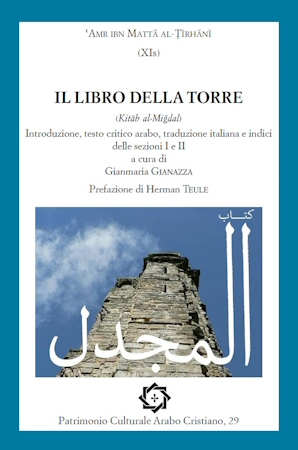
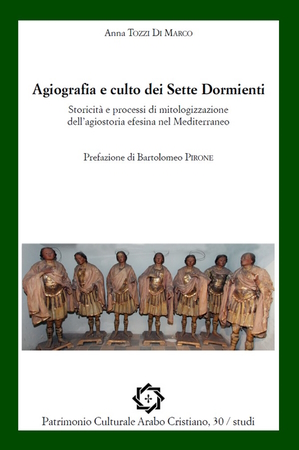
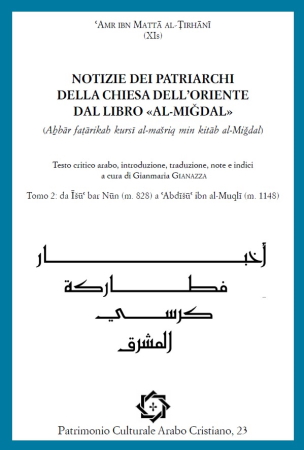

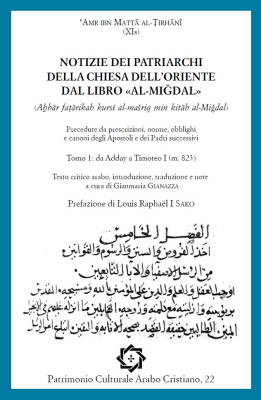
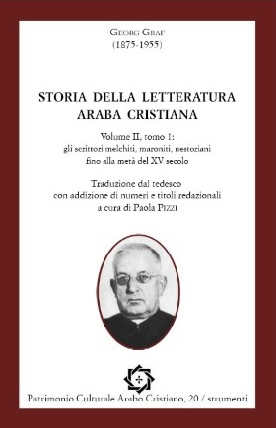

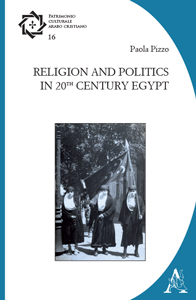




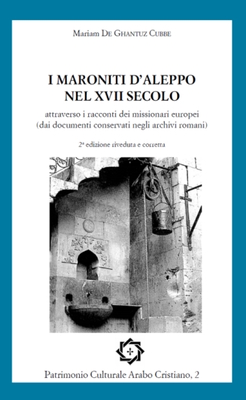
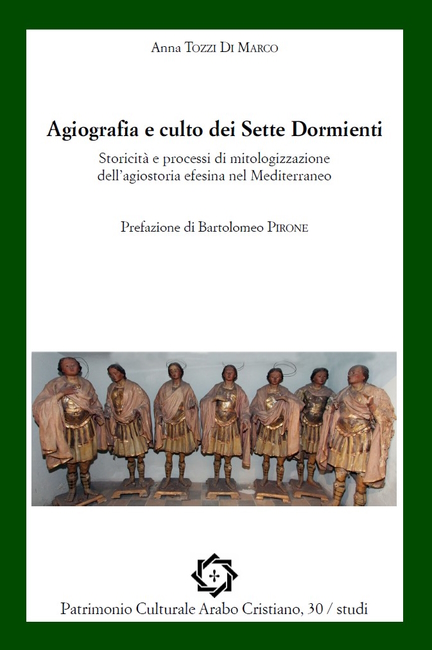
 buy it on
buy it on